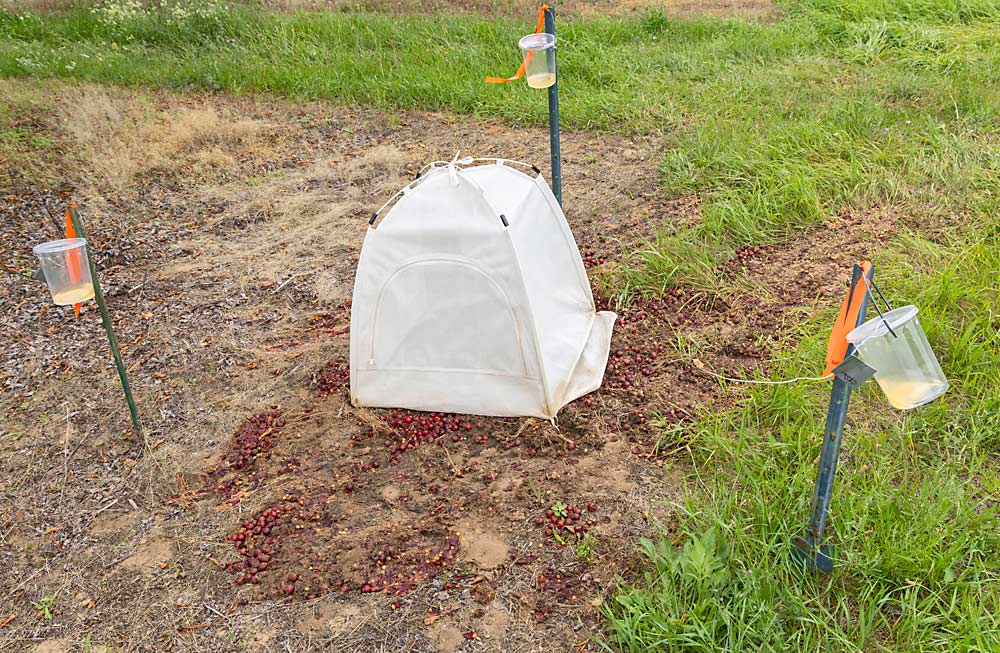
Fruit waste accumulates in a lot of places: rotting cherries on the orchard floor or mounded in a back field; grape or apple pomace within a winery or cidery or piled somewhere close by. Unfortunately, all that rotten, infested or rejected fruit attracts spotted wing drosophila.
SWD on fruit waste can be a particular problem for the tart cherry industry in Northwest Michigan. Home to nearly half the nation’s tart cherry crop, there are years when a lot of those cherries end up on the ground. When supply is higher than demand, the industry’s federal marketing order doesn’t allow surplus crop to be sold in domestic markets. In response, growers often dump their excess cherries.
Heavy crop years can lead to “massive amounts” of fruit on the ground — a “smorgasbord” for SWD, said former Michigan State University associate professor Matt Grieshop. This can intensify the invasive pest’s already high pressure in the region, which has been a major problem for growers in the past decade.
With $200,000 of support from the North Central Sustainable Agriculture Research and Education grant fund, MSU researchers have been studying ways to keep SWD out of waste fruit for the past few years. Grieshop, who was heavily involved in the project, moved to California in January to become director of the Cal Poly Center for Organic Production and Research, but he still plans to follow the Michigan research from afar.
The MSU researchers, including Nikki Rothwell, coordinator of the Northwest Michigan Horticulture Research Center, biological control specialist Marianna Szucs and graduate student Charlotte Schuttler, have studied a few methods for keeping SWD out of fruit waste. After another year of trials, they’ll start developing grower recommendations, Grieshop said.
Even though the emphasis is on tart cherries, project findings will be applicable to any kind of fruit waste, he said. Most of the lab work was done using apple pomace from an organic cidery. Grieshop used organic apple waste because there was a ready supply, and he wanted to make sure results weren’t affected by residual insecticides.
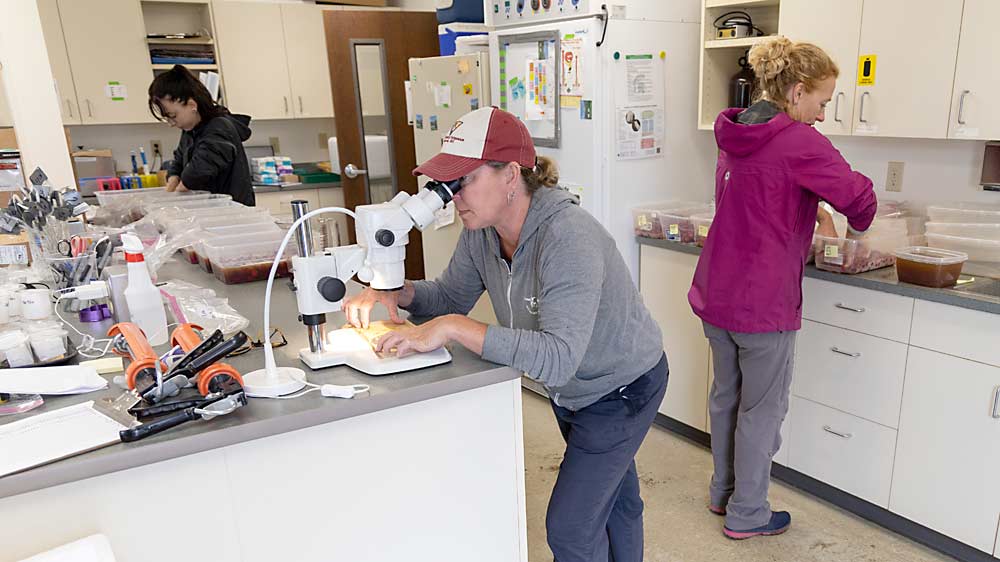
The methods they’ve studied include burial, solarization, crushing and composting with chicken manure.
With help from previous research, they’ve found that when burying fruit waste, you have to dig down at least a foot, because SWD can dig its way out of about 10 inches of soil. Burying that much fruit that deep would be labor-intensive, Grieshop said.
Solarizing — placing waste fruit in a clear plastic bag and letting the sun cook it — might be a good option for small berry farms, but it isn’t practical for operations with large quantities of fruit waste, he said.
Crushing waste fruit — driving over it with tractor tires, for example — can keep SWD away, but not always. If the fruit is crushed completely and conditions stay dry, SWD will not lay eggs in it. But if it’s not crushed completely and there’s rain, SWD will still find it attractive, Schuttler said.
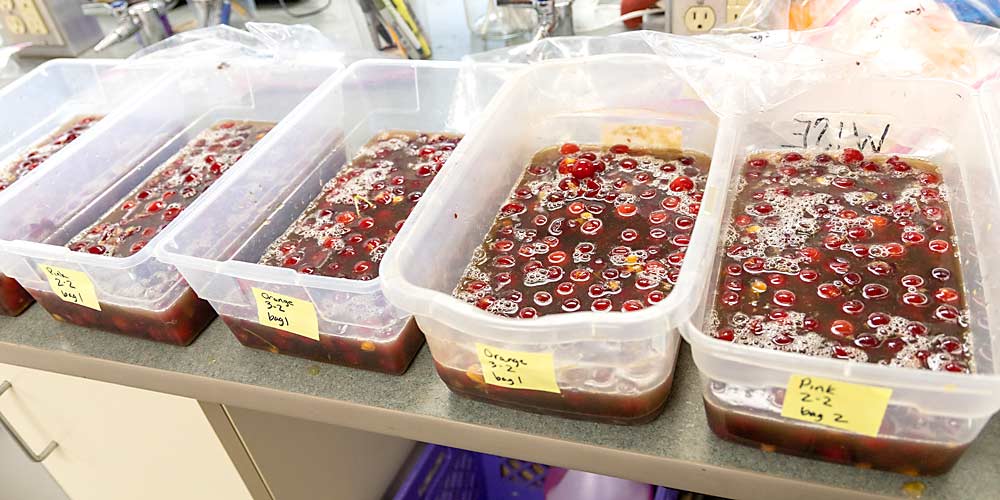
The most promising method, so far, is adding chicken manure. Mixing chicken manure with fruit waste at a rate between 10 percent and 25 percent completely shuts down SWD reproduction. The team hypothesizes that nitrogen in the chicken manure is the key; early laboratory trials suggest similar effects from nitrogen-containing commercial fertilizers, Grieshop said.
The researchers aren’t sure why SWD dislikes laying eggs in fruit mixed with a nitrogen source, but they’re intrigued by the management possibilities.
“Maybe this is a pipe dream, but could we add nitrogen to a spray tank, and would that possibly repel SWD in the tree?” Rothwell said.
She’s not sure it would work, but she wants to further study the possibility.
Another intriguing possibility: the soldier fly. Black soldier fly larvae, used for composting in Southern states, can “break down pretty much anything,” including fruit waste, Grieshop said.
The black soldier fly’s Michigan cousin, yellow soldier fly, might possibly perform a similar composting function farther north. Schuttler has found yellow soldier flies in SWD traps in Northwest Michigan, she said.
Cherry and apple grower Gene Garthe is familiar with some of the methods being tested on fruit waste. Grieshop conducted trials at Garthe’s Northwest Michigan orchard last year. But the grower isn’t sure any of the methods will be worth the effort, because spotted wing drosophila is so pervasive in Northwest Michigan that even if you remove fruit waste as a source, the invasive pest will find what it needs somewhere else. Until effective predators show up, spraying insecticides is the best thing growers can do to control SWD, Garthe said.
Grieshop doesn’t expect any of the fruit waste treatments to completely solve the SWD problem. But combined with insecticides, they could help manage pest populations, he said.
—by Matt Milkovich

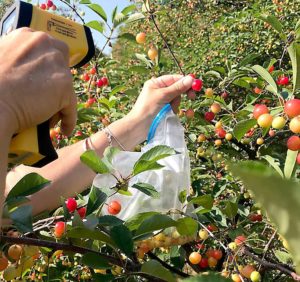
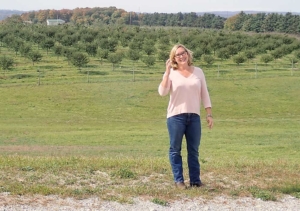





Leave A Comment